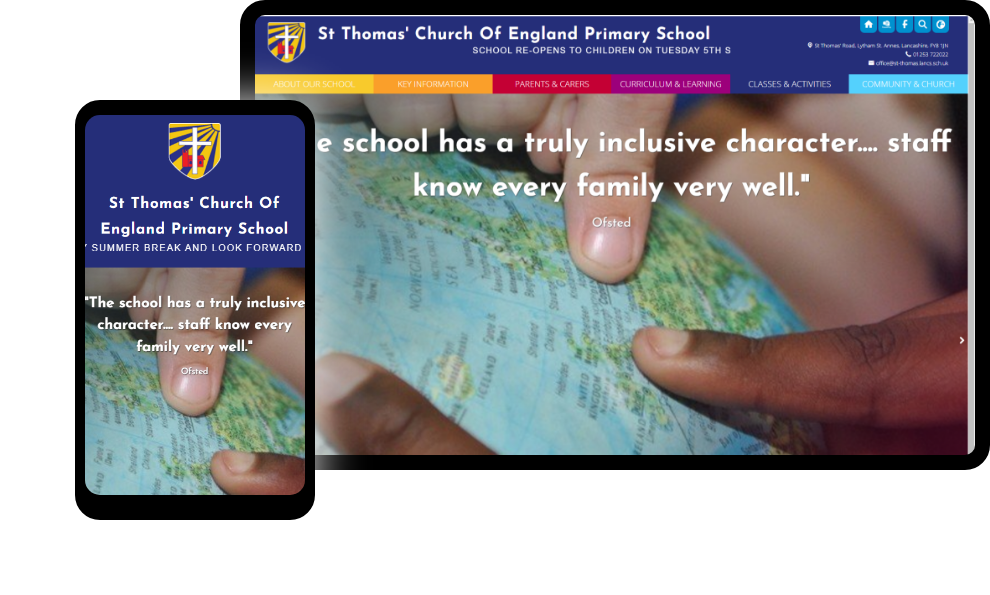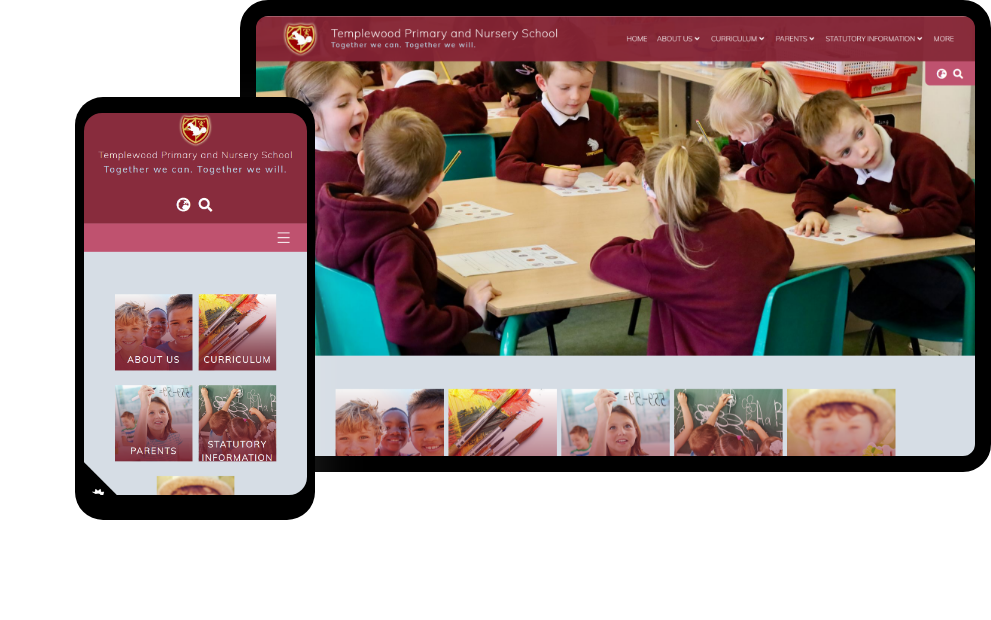Showing School Spirit
It is not always the easiest to let your website visitors see your school spirit. However, with the right design and images, it is possible for you to showcase the school spirit and get people enthused and inspired.
It just takes a little experience and knowledge to create a great school website design that emphasizes how much spirit your school has. There are a lot of top ideas that will accomplish this goal for you.
One positive result is that the more you highlight your school spirit, the more potential students will join in and continue the traditions of the school.
Why Is It Important To Showcase Your School’s Spirit And Identity On Your Website?
Showcasing your school spirit is not just to gain a higher enrollment. Although that purpose helps, it does not sustain growth or keep students engaged with the school for a long period of time.
One of the main reasons you need to showcase your school spirit and identity is that it reinforces your school’s values. It also reinforces your school mission which is term development that should inspire your students to greater educational heights and achievements.
Then by highlighting your school’s identity, you are helping to instill dignity in your students. Plus, it helps to enhance collaboration, and cooperation, as well as giving a greater student connection to your school.
One of the aspects of school spirit is that it is a unifying force that brings all your students and teachers together. Also, showcasing both school spirit and identity is a way of separating your school from all the rest.
With this advancement, the ability of the students to uphold the school’s values is vastly improved. Not only that, but you should see a rise in educational success among the students.
They are going to work and study harder so they do not let the school down or tarnish its reputation. With the result of a connected community, a better learning environment is formed increasing the students’ chance for success.
Highlight Your School’s Unique Culture And Traditions Through The Website
There are a variety of ways to achieve this objective. While some schools may see more printed content as the key way to highlight their school’s culture, it is not the only way to accomplish this goal.
To start, you can place videos of cheerleaders leading the annual pep rally for athletic success. Or videos and images focused on students cheering on their favourite classmate as he or she races to victory.
Other options would be to place the school logo or coat of arms in high-profile places. Having it on a school shirt is ideal when you are trying to convey the school’s culture and traditions.
Or you can use images and print content to present the school awards ceremonies, special celebrations, and other events. Letting the community know you honour your students’ achievements is a good way to send the appropriate cultural message as well as communicate certain school traditions.
Then you can also have special web pages where your top administrative staff provide words of encouragement and advice to the students. The options are unlimited when you want to showcase what your school is all about.
The key will be to place them in a top school website template and design to get the maximum benefit from those images, videos, and printed content. Using a person with experience in these matters will enhance your efforts and make it a lot easier to complete.
How To Use Your Website To Connect With Alumni And Parents
If you do not have experience in creating these website options, then this can be a tougher-than-normal task. Here are a few suggestions to help get you started on the right path.
1. Build An Alumni Space On Your Website
One of the best ways to get alumni engaged and stay connected to your school is to make sure they are included in your school’s website and activities. Letting them participate through suggestions, ideas, or offers of help is a good way to ensure they remain connected to the school.
2. Build A Parent Space On The School’s Website
Having the parents know that they can easily get information on their child’s progress or communicate with the teacher through their own space is ideal. Keeping the communication channels open and easy to use ensures better parental involvement and helps them connect with the school better.
3. Start Engagement Before Graduation
This is more for students and alumni than it is for parents but it is an effective way to keep the graduating students involved in school affairs and activities. It also helps them remain connected or provides an avenue for them to reconnect later on. Teaching them how to stay engaged is very useful as well.
4. Support Parental And Alumni Businesses
Connection is a two-way street and providing support for these local businesses generates a lot of interest in the school as well as a desire to stay connected with it.
Supporting their small businesses is a way to support the school as the good feeling is returned by parents and alumni.
5. Hold Non-Money Drives
Everyone gets asked for money more times than you may think. One way to get parents and alumni to remain connected to the school is to hold drives for items students need.
The ideas for these types of drives can come from the parents and alumni themselves.
Some Additional Words
When you want to incorporate all of these ideas into your school’s website design contact our company. Not only are we experts with years of experience in web design for schools but we also are experienced in mobile-friendly school website design.
We can help you keep your parents and alumni connected to your school. Contact us today to see our products and hear our ideas to achieve this objective. We work hard for your success.













